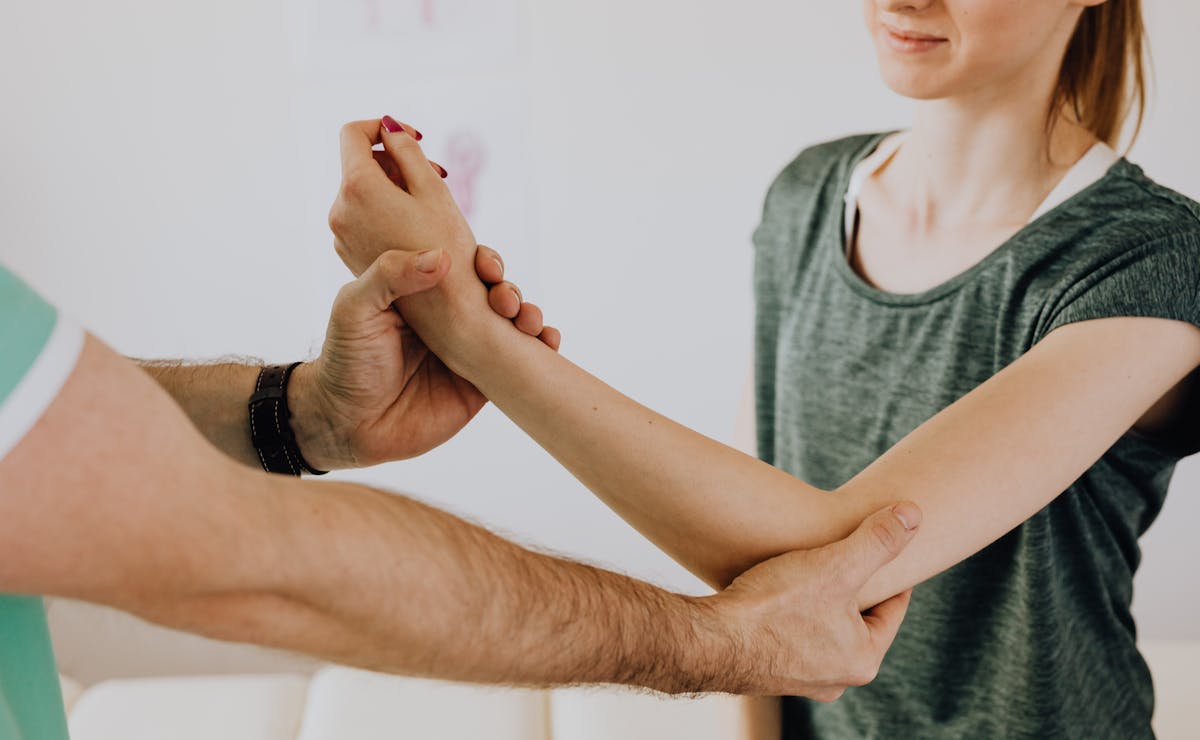The body of someone who rides a bike changes with the practice of exercise, as it accelerates the metabolism and helps in the process of muscle hypertrophy, increasing the gain of lean mass.
But the benefits don’t stop there! With activity, other changes occur besides physical appearance, such as increased respiratory capacity, a consequence of strengthening the lungs.
That said, let’s take a closer look at the changes that can happen to your body with frequent cycling.
What happens to the body of someone who rides a bicycle?
During exercise, the leg muscles work intensely and, as a result, end up activating the biosensors that we have throughout our body. These mechanisms are responsible for sending messages to our brain, warning us that exercise is about to begin and “asking” for more energy and oxygen to the lungs.
Therefore, it is common for athletes to experience rapid breathing while cycling. The same happens with the heart rate , which increases due to the need to pump more blood to other parts of the body, intensifying blood flow.
Along with these functions, respiratory strengthening occurs, that is, by demanding more oxygen from the lungs, you end up exercising your breathing and increasing your breath.
In addition to all these internal changes, there are other visible changes that occur physically, including increased lean mass, muscle definition and weight loss, which is the result of rapid calorie burning. But do you know which part of the body loses weight when cycling ?
Which part of the body does cycling make you lose weight?
Unlike mass gain, which only occurs in the lower limbs, weight loss is generalized, not restricted to any specific part of the body, since cycling speeds up the metabolism , reducing fat accumulation in the body.
By cycling for at least 1 hour a day, your calorie expenditure can reach 700 grams in a single activity. Incredible, right?
However, if the idea is to define the muscles, then it will be necessary to increase the intensity and frequency of the pedaling.
Does cycling define your body?
Yes. Riding a bike with the right frequency and intensity helps to define the lower limbs and even a little of the upper limbs, albeit to a lesser extent.
To tone the body through cycling, the athlete must cycle three times a week for one hour straight, maintaining the Maximum Heart Rate (MHR) at 70%. This intensity helps in the process.
In addition to cycling, interval training can be a great tip for those who want to gain more strength and define their body muscles.
But, after all, if the definition of the upper limbs does not happen proportionally to the lower limbs, then this means that only the legs are worked while pedaling, right?
How long should I cycle to gain muscle mass?
Unlike bodybuilding , which requires rest between workouts, cycling does not have this need, so if your goal is to gain muscle mass, you should ride a bike at least three times a week, alternating between uphill, downhill and fast routes.
The minimum exercise time should be one hour, especially at the beginning and until you gain endurance. Then, increase the time in search of a workout that recruits the maximum number of muscle fibers until failure, this maximum is responsible for gaining mass.
For satisfactory results, maintain a frequency of activity for at least three months. Remember that consistency is your main ally in the search for results.
Benefits of cycling
In addition to the benefits that cycling brings and that we have mentioned throughout the article, there are other advantages associated with the activity. Among them, we can list:
- emotional well-being;
- cholesterol reduction;
- prevention and control of diabetes;
- improved motor coordination;
- blood pressure control;
- rapid aid in the recovery of bone injuries; and
- control of anxiety and depression.
With so many benefits, cycling can be considered one of the most complete sports with the lowest risk of injury.



